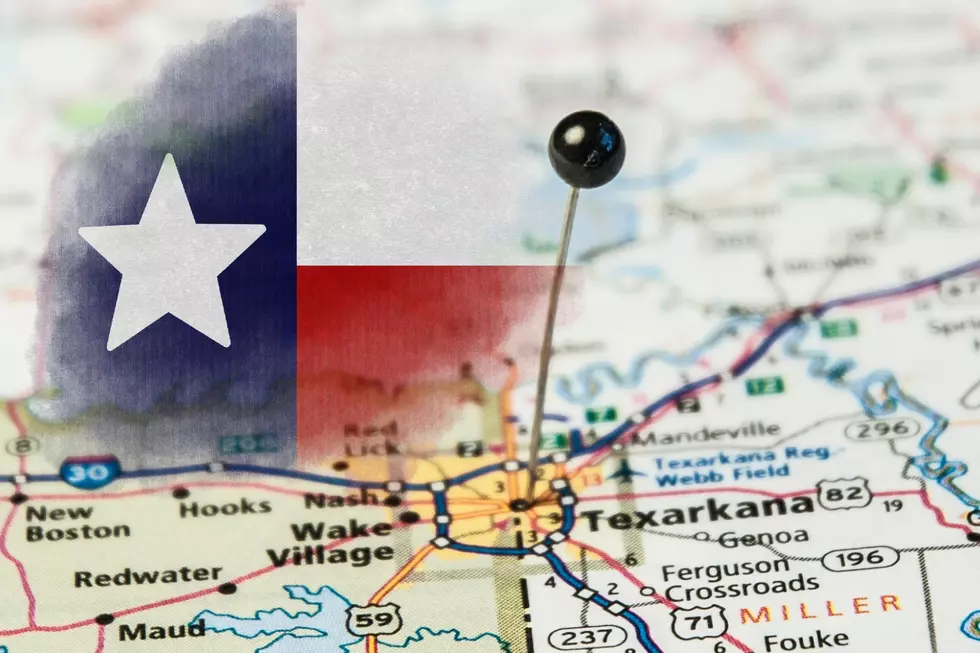The National Weather Service has added a new category to 'Thunderstorms'. They aren't just 'Severe Thunderstorms' anymore. Plus, we will get alerts about them on our mobile phones starting next week on Wednesday, July 28.
Severe Thunderstorms will be classified into a few new categories as the NWS is trying to give us a better heads up on what to expect when severe weather is headed our way and an idea of the damage the storm could bring.
There will be three new threat-level categories and they will depend on wind and hail size, but not all of the storms categories will carry a mobile alert. Here is a rundown of the new categories and what they mean according to the National Weather Service:
- Destructive - This will be a damage threat that is at least 2.75 inch diameter (baseball-sized) hail and/or 80 mph thunderstorm winds. Warnings with this tag will automatically activate a Wireless Emergency Alert (WEA) on smartphones within the warned area.
- Considerable This will be a damage threat of at least 1.75 inch diameter (golf ball-sized) hail and/or 70 mph thunderstorm winds. This will not activate a Wireless Emergency Alert (WEA)
- Baseline or Base - This will be the severe thunderstorm warning that remains unchanged. a good old-fashioned thunderstorm with the possibility of 1.00 inch (quarter-sized) hail and/or 58 mph thunderstorm winds. This will not activate a Wireless Emergency Alert (WEA). When no damage threat tag is present, the damage is expected to be at the base level.
Starting July 28, you will only get a notification on your phone if it is a 'Destructive Thunderstorm Warning"
According to the NWS only about 10% of severe thunderstorms nationwide are in the destructive category. So, let's just hope and pray we don't get them all in our area but at least we will definitely know when we need to be careful and possibly take cover.
For more information on Severe Thunderstorm Safety visit the National Weather Service.

KEEP READING: Get answers to 51 of the most frequently asked weather questions...
LOOK: The most expensive weather and climate disasters in recent decades
More From Kicker 102.5










